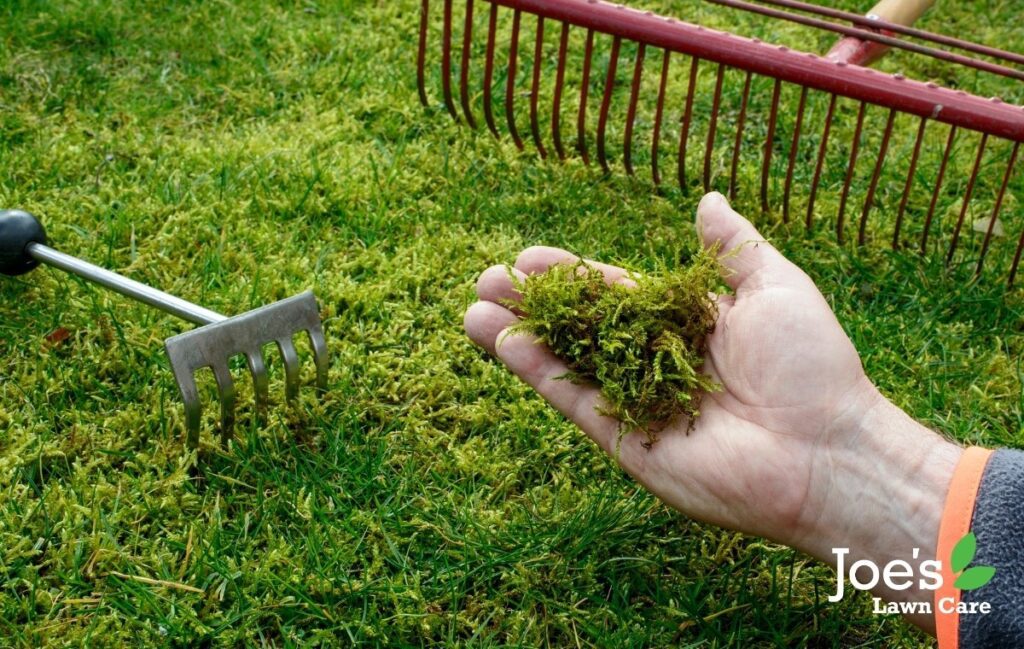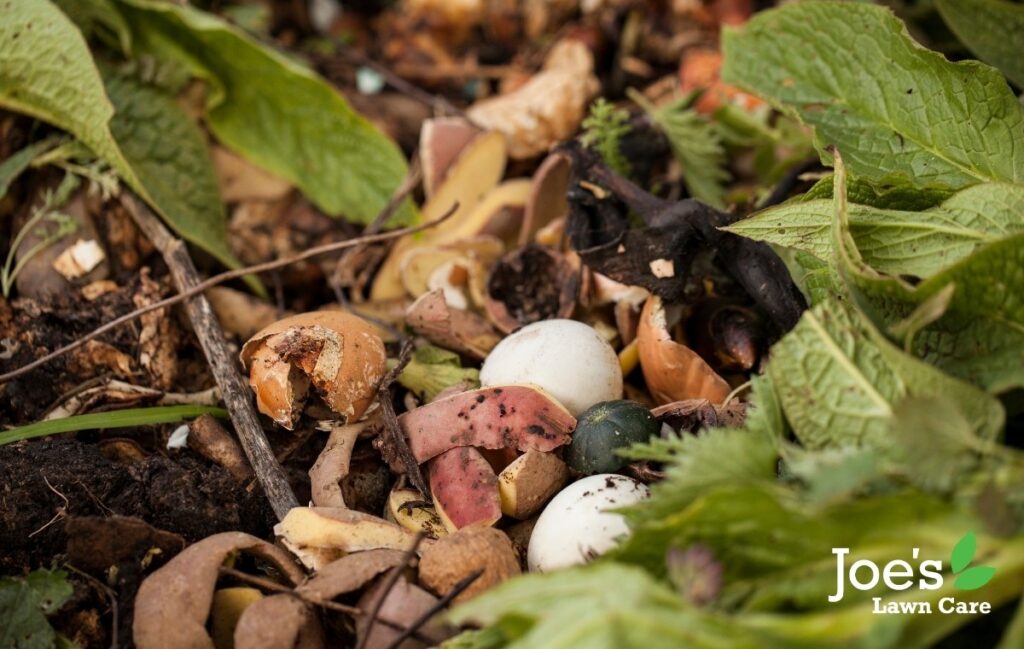How To Compost Lawn Thatch And Moss
Each year is filled with dates we should really try and remember to celebrate. Your wife’s birthday, your wedding anniversary, St. Paddy’s Day, Earth Day — all of those. But there’s also one more we to add to that list because this week is National Compost Week.
Now you’re probably pulling a slightly confused face and wondering why we are so excited by this. And we get it. But we love composting, partly because it’s the easiest thing a large bunch of people have never done, but mainly because it is so good for your lawn.
From takeaway chopsticks to dunked tea bags, there are so many weird things you can compost, and that’s what makes it so enjoyable. But one thing a lot of compost-enthusiasts don’t know is whether you can compost thatch and moss – so strap in because we’re about to answer this question for once and for all:

What is thatch?
Thatch is essentially just a layer of dead (and almost dead) grass caught in an annoying state of limbo between the lush, green, healthy vegetation of your lawn and the soil where your grass roots are found. Now, most of the time, thatch is fine. The problems start to happen when this layer of thatch becomes so thick it starts to restrict water, air and nutrients from getting to the roots, blocks light and can cause your lawn to become saturated — and that can lead to another unwanted problem in the form of moss. Usually found in those damp and shady parts of your lawn, moss can also cause problems by preventing your grass from growing if it becomes too thick.
How much thatch is too much thatch?
For those wanting an exact measurement, we’d say ½ inch or more is too much thatch, but for those that have misplaced their tape measure, the biggest sign you need to be scarifying your lawn is a brown, spongy, unhealthy looking lawn. Of course, we’d always advise you to take a sample and check to see whether your patch of thatch is deeper than half an inch, which is when the problems really start happening.
What is scarification and when to do it?
There are a couple of different ways to scarify your lawn – one requires a sturdy rake and the other uses our epic scarification machinery – but they both aim to do the same beneficial job: removes dead grass and moss, aerate the soil and let both light, nutrients and water reach your roots to make your lawn super-healthy. Of course, to get the most out of this lawn care technique, it’s important to do it at the right time of year. That way your lawn will be able to fully recover and bounce back looking oh-so-healthy.
As such, we recommend a light scarification job in the spring while the weather is warm and the rain is frequent, before a heavy scarification session in the Autumn. By doing this you’re avoiding the harsh conditions of a hot dry summer and cold wet winter.

How to compost scarified moss and thatch?
The process of lawn scarification tends to be a pretty messy one that leaves you with a lot of organic waste, such as moss and thatch. Thankfully, both of these can be composted after you’ve finished scarifying, but only if you use a hotbin and follow these simple rules:
- Because moss has more bounce back ability than Man City, you should only add moss to your hotbin when it’s operating at hot composting temperatures, which is to stop any moss from re-emerging after composting.
- When you’re composting your removed thatch, try adding some fresh waste in with dead grass to counter the really high lignin content, as well as the lack of nutritional value bacteria which has been lost because thatch has already started decomposing.
- When you’re adding this kind of waste to your compost pile, try and add it in smaller quantities that are mixed up with other types of waste and not just grass clipping.
- If you’ve been treating your lawn for moss or weeds or pests or anything else, make sure you check the packaging to make sure it’s biodegradable and thus safe to compost.
Thanks for reading! For more lawn care tips and tricks, follow us on Facebook and Instagram.





